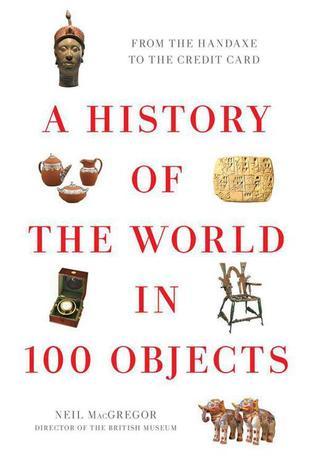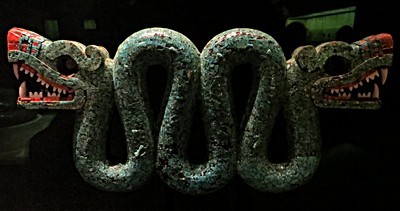What do you think?
Rate this book


736 pages, Kindle Edition
First published January 1, 2010





For me as a sculptor the acceptance of the material as a means of conveying the relationship between human-lived biological time and the aeons of geological time us an essential condition of the waiting quality of sculpture. Sculptures persist, endure, and life dies. And all Egyptian sculpture in some senses has this dialogue with death, with that which lies on the other side. There is something very humbling, a celebration of what people can do together, because that is the other extraordinary thing about Egyptian architecture and sculpture, which were engaged upon by vast numbers of people, and which were a collective act of celebration of what they were able to achieve.I'm not sure that that is true, but it is precisely what MacGregor wants I think, when he talks about using poetic imagination�


"We pillaged the world to collect these things, and now we will explain them to you."The article that starts the title is significant, though—this book never pretends to be the history of the world. It is a singular slice through time and space, a selective view, that tries to be inclusive (and, for the most part, succeeds). It is limited, yes, but it acknowledges those limits gracefully.
Modern politicians proudly announce their desire to sweep away bureaucracy. The contemporary prejudice is that it slows you down, clogs things up; but if you take a historical view, it is bureaucracy that sees you through the rocky patches and enables the state to survive.
—p.463

"When we look at the history of the world, it is very important to recognize that we are not looking at the history of different civilizations truncated and separated from each other. Civilizations have a huge amount of contact, and there is a kind of inter-connectedness. I have always thought of the history of the world not as a history of civilizations but as a history of world civilizations evolving in often similar, often diverse, ways, always interacting with each other."Perhaps this book's 22nd-century reissue will even include the current edition as its 101st object. From this viewpoint, that seems like an excellent choice.
�, p. 658